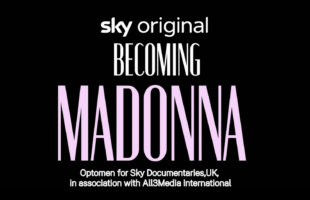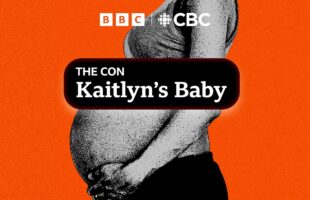
The Asia-Pacific region is now a favourite haven for medium-to long-term over-the-top video streaming services. Since 2015, broadband adoption has seen notable market traction in several countries including Australia, Singapore, Hong Kong and Japan. In light of the implementation of various OTT initiatives by local and out-of-market OTT players, Asia may eventually become one of the world’s liveliest OTT playing fields.
Australian OTT had a busy first quarter in 2015, with three OTT services launched. Global player Netflix Inc. began its Asia-Pacific expansion with launches in Australia and New Zealand in March 2015, following the January launches of FOXTEL’s Presto and StreamCo’s Stan. Subscription prices of the three services are similar, with Netflix’s basic plan priced at A$8.99 and Stan at A$10.00 per month for unlimited access to TV and movies.
Presto provides more subscription options to the Australian market by offering movie- and TV-focused monthly plans, each priced at A$9.99, and a combination of TV and movies for A$14.99. Quickflix, an established OTT player in Australia, shares the A$9.99 price point.
In Japan, Netflix has entered into several local partnerships. Its tie-up with SoftBank lets customers of the local mobile carrier sign up for Netflix through SoftBank’s shops. A content deal between Netflix and Fuji Television Network Inc. was announced in June 2015, with the local broadcaster committing to produce and provide original content for Netflix distribution. Programmes to be available include a new season of Fuji Television’s popular reality TV show Terrace House, and Atelier, a new drama series. Netflix is also set for the global launch of its first original Japanese series, Hibana, which means spark.
Similar to its approach in other markets, Netflix offers three monthly subscription plans in Japan. Its basic subscription plan is currently priced at ¥650 (pre-tax), its standard plan at ¥950 (pre-tax) and its premium plan at ¥1,450 (pre-tax). A major competitor in the market, Hulu, currently prices its monthly subscription plan at ¥933 (pre-tax). Hulu Japan was launched by Hulu LLC in 2011 and acquired by Nippon Television in February 2014.
Following the Netflix launch announcement, in August 2015 Amazon.com Inc. announced the launch of Prime Instant Video in Japan in September. Another Japanese OTT entrant, Bonobo, also launched later last year. The service, owned by Japan Contents Group, will offer movies, music, anime and dramas on a transactional basis.
In India, SingTel’s HOOQ and STAR India Pvt Ltd’s Hotstar recently joined the OTT space. Both are currently available on computers, smartphones and tablets. The main difference between the two is that Hotstar is free of charge, whereas HOOQ has a monthly subscription plan currently priced at 199 Indian rupees.
HOOQ subscribers can choose from an extensive range of local and international content, including titles from Sony Corp., Warner Bros. Entertainment Inc. and Miramax Film Corp. Hotstar offers Bollywood and regional movies, as well as Star India television and sports programming. In the past couple of months, the OTT service has garnered strong viewership, particularly for World Cup Cricket.
Emerging markets such as Malaysia and the Philippines have also witnessed recent OTT development. In both markets, OTT provider iflix launched in May 2015, offering over 10,000 hours of Western and Asian content through computers, smartphones and tablets.
In the Philippines, another OTT service launched during the first half of the year was Singtel’s HOOQ. Currently, HOOQ has a monthly subscription fee of 149 Philippine pesos, whereas iflix is priced at 129 pesos. The emergence of these players should increase the Filipino market’s openness to patronising subscription video-ondemand services. Partnerships made by HOOQ and iflix with local telecommunication service providers should also help increase online video consumption.
In Hong Kong, the launch of HBO GO’s stand-alone service may have signal the beginning of more intense OTT competition. Launched in April 2015 for HK$88 monthly, HBO GO offers HBO and Cinemax original content without a TV package subscription.
Another potential entrant into Hong Kong’s OTT space is leading Chinese OTT player iQiyi. Early last year, the Baidu Inc.-backed video streaming site expressed its intent to expand coverage to include Hong Kong. PCCW Media Group’s Viu, an overthe- top multi-screen video service was launched in Singapore in early 2016. Viu is a freemium model, free to watch with ad support, has already clinched deals with the top four Korean broadcasters – SBS, KBS, MBC and CJ E&M. TVB’s myTV SUPER, the latest integrated OTT service made its debut in April 2016 with an initial 11,000 hours of programming across 20 thematic TV channels for a basic monthly fee starting from HK$68.
Netflix has also launched in Hong Kong in early 2016, around the same time as its planned launches in other Asian markets including South Korea, Singapore and Taiwan. TVAplus









